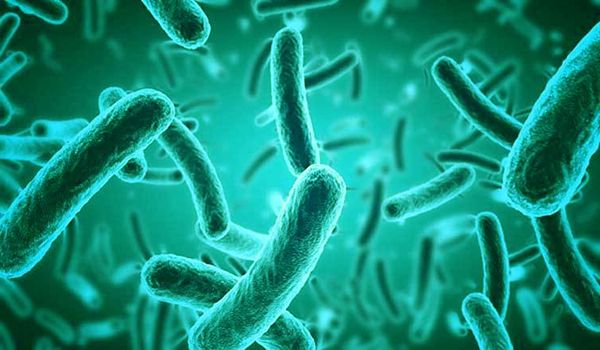INTRODUCTION
The patent basically means the exclusive rights a person gets over its unique invention where he by having patent rights restricts the other people to exploit his or her new invention or use it without his or her permission. The patent has been protected not just under the state laws but at the International platform as well. The patents have been given international recognition under the BUDAPEST treaty. In the year 1977, the Budapest Treaty on International Recognition of the Deposits of the Microorganisms for the Purpose of Patent Procedure was concluded.

Patent on Microorganisms
MAIN FEATURES OF TREATY
The treaty mainly includes within itself that the states or the contracting states which allow the depositing of the microorganisms for procedure of patent, shall recognize any such microorganism with any International Depository Authority. The main requirement for the grant of patent under this treaty is the disclosure of the microorganisms as it is very difficult to give a written statement for a microorganism. Such invention is required to be submitted or deposited with the authorized and specialized institution for the same. Here the microorganisms include the biological deposits which are very much necessary to be deposited for patent and most importantly for the fields of food and pharmaceuticals.
The main purpose of the treaty is to give the patent international recognition so that the applicant does not have to file an application in each and every country. The treaty says that if the microorganism is recognized by the International Depository Institution then it shall be more than enough for the recognition under the National patent offices as well and also if regional offices accept the effect of the treaty. Examples for such declaration for the recognition of the effect of a treaty by regional offices are:
- EUROPEAN PATENT OFFICE
- EURASIAN PATENT ORGANISATION
- AFRICAN REGIONAL INTELLECTUAL PROPERTY ORGANISATION
The treaty is more attractive for the patent system of the contracting states and most of all very beneficial for the depositor as it saves his money because he does not has to go and file an application in each country for recognition and also saves his time by providing the international, national and regional recognition all in the same platform. Treaty by serving such recognition also affirms the security of the depositor as the sample is being served and deposited at a single place and gives it a uniform procedure for grant of patent.
On July 28, 2020, there were 48 such authorities: seven in the United Kingdom, four in the Republic of Korea, three in China, India, Italy, and the United States of America, two each in Australia, Japan, Poland, the Russian Federation, and Spain, and one each in Belgium, Bulgaria, Canada, Chile, the Czech Republic, Finland, France, Germany, Hungary, Latvia, Mexico, Morocco, the Netherlands, Slovakia, and Switzerland.
CONCLUSION
Such a patent system providing recognition on the international platform, national patent offices, and regional offices is a very good step taken back then in 1977 as it reduced a lot of problems that people could have faced in the emerging and recent times according to the modernization in the society. The concept of recognition once and for all save the time and money of the people and the international depository authority being such privileged authority provides a full sense of security to the depositors as the sample of microorganisms is only deposited to the sole hands of the international authority for deposits.
The content of this article is intended to provide a general guide to the subject matter. Specialist advice should be sought about your specific circumstances.
